Keep reading to learn how to hunt with a muzzleloader.
Hunting with a muzzleloader can be a challenging, yet rewarding way to take to the woods after a wide range of game each year. Hunting with a muzzleloader also has several advantages, such as special muzzleloader seasons in many states and the fact that a good quality muzzleloader may be purchased for only a few hundred dollars. While learning how to hunt with a muzzleloader can seem overwhelming to the uninitiated, it is not as difficult as it seems at first. Read on to learn all about how to hunt with a muzzleloader.
Before we get started, here’s a disclaimer: the links below to Muzzle-Loaders.com are affiliate links. This means I will earn a small commission if you make a purchase.
This commission comes at no extra cost to you. This helps support the blog and allows me to continue to create free content that’s useful to hunters like yourself. Thanks for your support.
Additionally, I recorded an entire podcast episode on this exact subject. If you’d rather listen than read, click the appropriate link below to listen to this episode on your preferred podcasting service.
Muzzleloader Hunting Tips Podcast
How To Hunt With A Muzzleloader – Ignition System
One of the major factors that distinguishes between the various different types of muzzleloaders on the market today is the type of ignition system they each use. Generally speaking, there are three different types of ignition systems in common use today: flintlock, caplock, and inline.
Which part of a modern firearm has the same function as the lock on a muzzleloader?
Regardless of the kind of muzzleloader (flintlock, percussion cap, etc.), the lock contains the parts that initiate ignition and firing of the main powder charge. Well, the action is the part of a modern firearm that serves the same function.
A flintlock ignition system is the oldest muzzleloader ignition system and dates back to the 1600s. The Kentucky and Pennsylvania Rifles are good examples of flintlock muzzleloaders. A flintlock uses a piece of flint on the hammer to strike a steel frizzen to create a shower of sparks. These sparks then ignite a small priming charge of powder which is contained in a flash pan outside the barrel. When this powder is ignited, it then ignites the main charge of powder in the bore of the rifle through a vent hole, which then causes the rifle to fire.
While a flintlock will work well if properly maintained, reliability suffers in wet weather. Shooters of flintlocks also have to deal with a small charge of black powder igniting in their face. While flintlocks are probably the least popular type of muzzleloader in use today, there is still a good number of hunters who enjoy using them.

A caplock (also known as a sidelock) muzzleloader uses a percussion cap on a hollow nipple on the side of the muzzleloader for ignition. When the hammer strikes the cap, it creates a spark which travels down a vent directly to the main propellant charge. A caplock muzzleloader is more reliable and fires with less of a delay than a flintlock. The Hawken rifle as well as the Springfield and Enfield muzzleloaders used during the Civil War were caplock muzzleloaders. Modern muzzleloaders typically use either a #11 cap or the larger and more powerful musket cap.

A few decades ago, inline muzzleloaders began to make their appearance. An inline muzzleloader’s nipple is located directly behind the powder charge instead of to the side. This allows for faster, more reliable ignition. Some inline muzzleloaders, like the CVA Northwest line, use a musket cap. However, most inline muzzleloaders use a 209 primer, which produces a larger spark than either the #11 cap or a musket cap. This makes for more reliable ignition and allows for the use of a wider range or propellants. For these reasons, inline muzzleloaders using 209 primers are probably the most commonly used by hunters in the United States today.
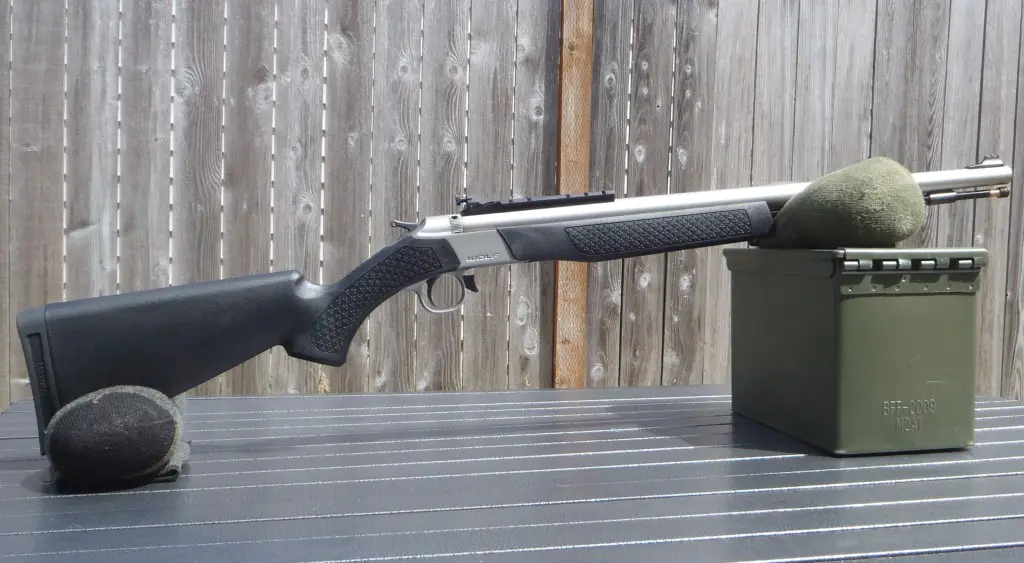
For more detailed information on choosing the right muzzleloader primer and the right muzzleloader to hunt with, check out the articles below:
15 Of The Best Muzzleloader Primers For Igniting Your Powder
9 Of The Best Muzzleloaders For Hunters
5 Best Traditional Muzzleloaders For Hunters
How To Hunt With A Muzzleloader – Powder
All muzzleloaders are designed to be used with black powder or a black powder substitute such as Pyrodex, Hodgdon’s Triple Seven, or Blackhorn 209. For safety reasons, you should never use any amount of smokeless powder in any muzzleloader, as you risk death, serious injury, death, or significant damage to your muzzleloader by doing so.
Black powder is produced in several different granulation sizes ranging from Fg to FFFFg. Fg is the most coarse and FFFFg is the most fine granulation. FFg is the most common granulation size used as a primary charge in most muzzleloading rifles. FFFg is primarily used in small-bore rifles or pistols and and FFFFg is used as a priming charge for flintlocks.
Black powder is generally easier to ignite than black powder substitutes. For this reason, black powder is the most popular propellant in flintlock and caplock muzzleloaders. However, black powder has several disadvantages: it is extremely dirty, it is corrosive, you must precisely measure each load of powder for each shot, and it can be difficult to obtain due to the strict regulations on shipping and storing it that retailers must abide by.
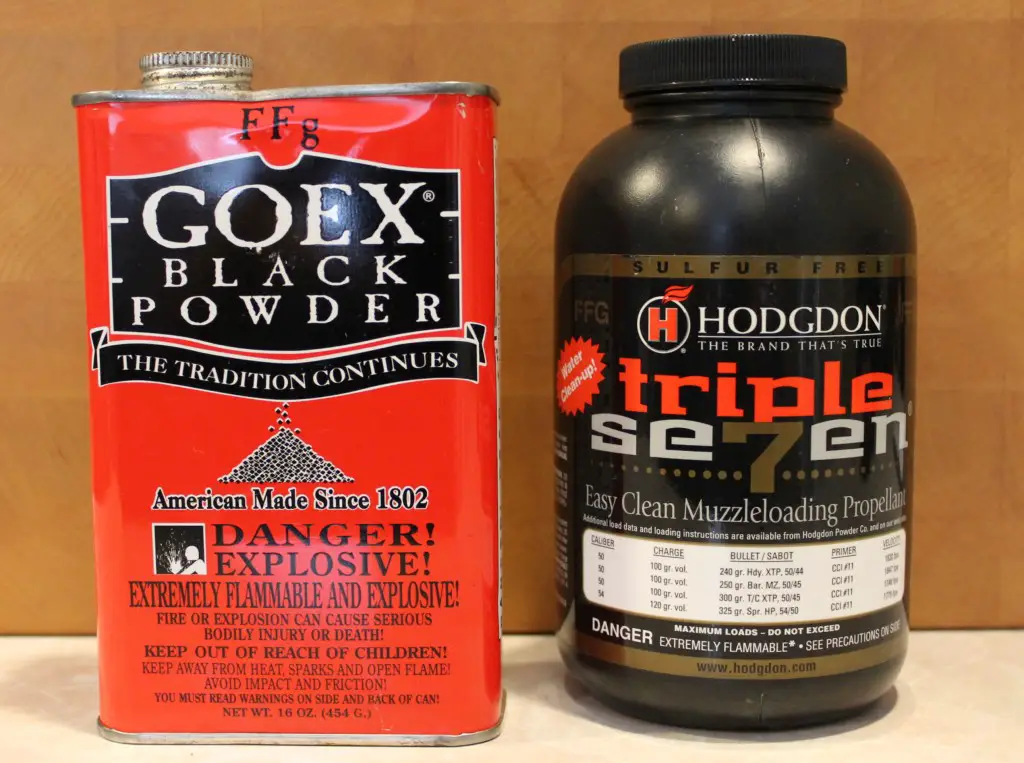 Black powder substitutes are much easier to find and, though they are still very dirty compared to smokeless powder, they (usually) require less cleaning than true black powder. Finally, they may also be found in pre-measured pellets, which allows for faster and easier loading.
Black powder substitutes are much easier to find and, though they are still very dirty compared to smokeless powder, they (usually) require less cleaning than true black powder. Finally, they may also be found in pre-measured pellets, which allows for faster and easier loading.
However, black powder substitutes are more difficult to ignite than true black powder, making them much more suitable for inline muzzleloaders using 209 primers than for #11 or musket caps. This is not a hard and fast rule, but you run a greater risk of a misfire or hangfire when using black powder substitutes when you try to ignite them with something other than a 209 primer.
Before you shoot your muzzleloader, read the manual to see what type of propellant, in what granulation, and in what volume the manufacturer recommends. Not only will this help ensure that the best possible accuracy and reliability, but it is also for safety reasons. You can very easily damage your muzzleloader or injure yourself or someone else by using too much powder or the wrong type of powder in your muzzleloader.
For more details on the performance of Blackhorn 209 compared to Hodgdon’s 777 and Goex black powder, read my article: Blackhorn 209 vs 777 vs Goex Black Powder: Which One Should You Use In Your Muzzleloader?
How To Hunt With A Muzzleloader – Bullets
There are a number of different bullets designed for muzzleloaders. The simplest bullet is a traditional lead ball. Full bore conical bullets (such as the Thompson Center Maxi-Hunter or the PowerBelt) are another good choice if you want a heavy hitting projectile. If you want higher velocities, use a saboted bullet (such as the Barnes T-EZ), which is a bullet smaller than the bore diameter (like a .45 caliber bullet shot from a .50 caliber muzzleloader) which sits in a plastic sleeve that falls off in flight.
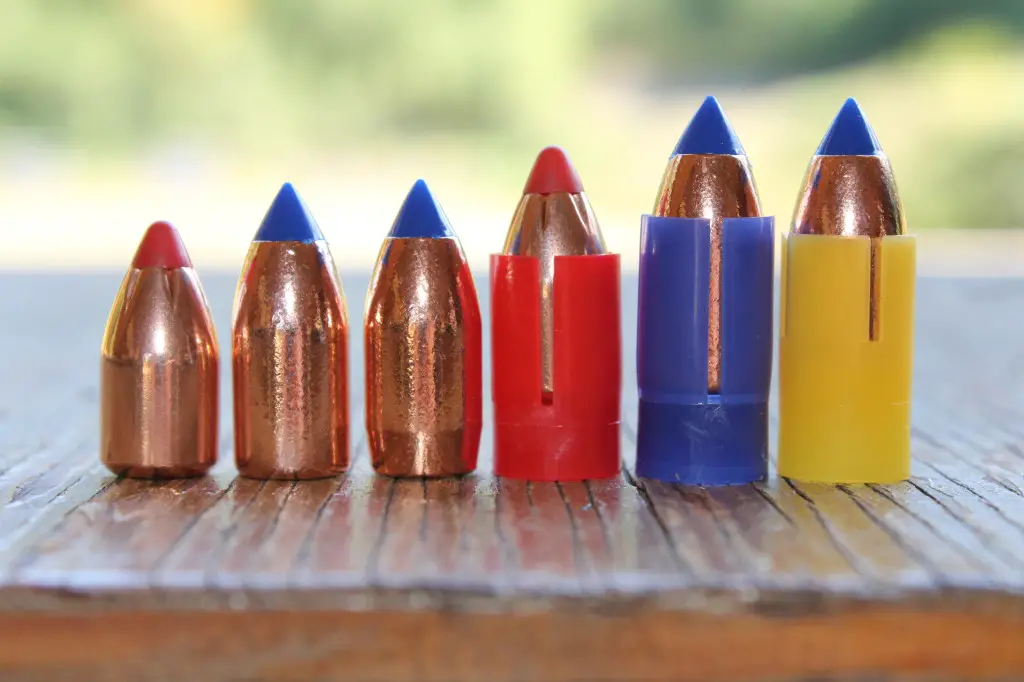
However, which bullet is right for you depends on the rifling twist of your muzzleloader. For instance, a muzzleloader with a 1:66 twist (1 full rotation every 66″) will probably only shoot round balls accurately. This is a very slow rifling twist and will not reliably stabilize conical bullets. Many modern inline muzzleloaders have a 1:28 twist, which is very good for stabilizing conical bullets as well as sabots and will also shoot round balls pretty well. Check the manual for your muzzleloader to find out the rifling twist and to see which bullets are recommended for your muzzleloader.
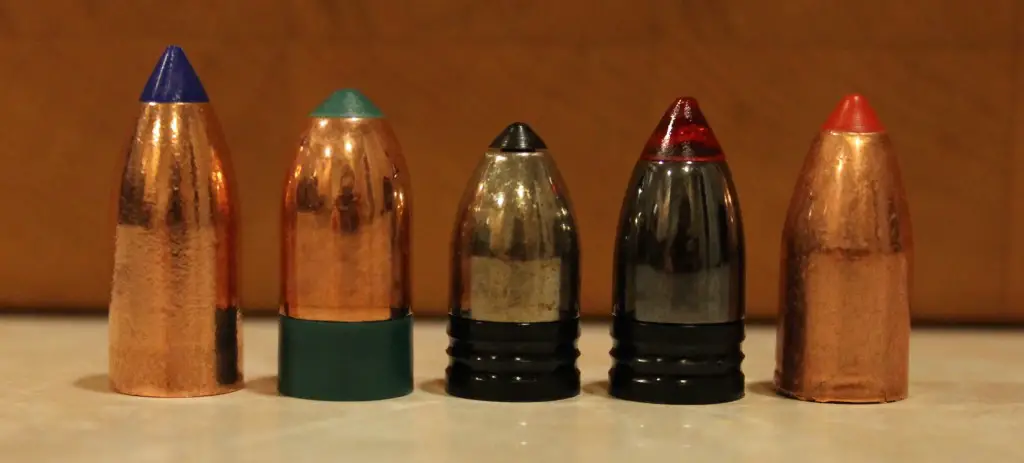
Before you go hunting, make sure you check the hunting regulations for your state because they can vary widely. Some states, like California, mandate the use of a lead free bullet. On the other end of the spectrum, Idaho mandates that only 100% lead or lead alloy (no jacketed or saboted) bullets must be used.
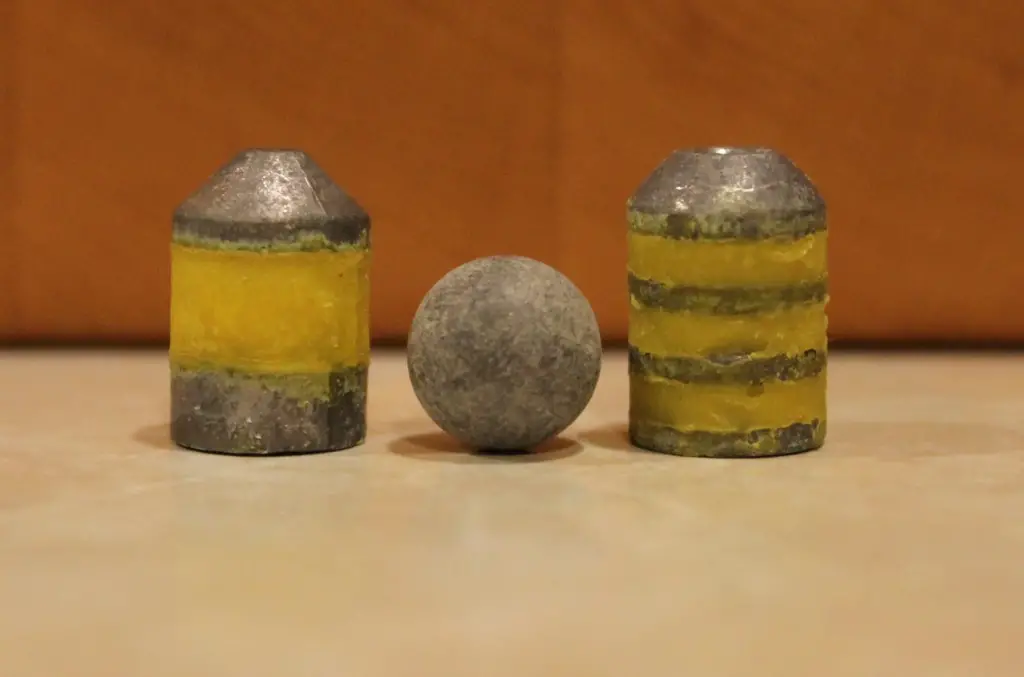
How To Hunt With A Muzzleloader – Loading
Now that you’ve chosen your muzzleloader ignition system, powder, and bullet, the next step is actually loading your muzzleloader. The first thing you should do is check to verify that it is unloaded, as a double load in a muzzleloader can be very dangerous.
With an inline muzzleloader, this is easy: open the breech, ensure there is no primer on the nipple, then look through the hole in the nipple. If you can see all the way through the barrel, it is unloaded. On a flintlock or a caplock, you need to use the ramrod. Once you verify that there is no cap on the nipple or powder in the pan, insert the ramrod into the barrel as far as it will go. Mark the spot on the ramrod where it meets the muzzle. Then, remove the rod and line it up outside the barrel, with the mark you just made at the muzzle. If the end of ramrod does not reach all the way to the end of the barrel, then the muzzleloader is loaded.
After you verify that the muzzleloader is unloaded, you can begin the process of loading it. Run one or two dry patches down the barrel to ensure that it is dry. Then, I like to fire off a couple of caps to put a little bit of fouling in the barrel and to ensure that the bore, barrel, and vent are 100% dry.
Now you’re ready to load your powder. If you’re using pellets, simply drop the requisite number (usually 2-3) down the barrel. Use the tool provided with the pellets to handle them: do not touch them directly with your fingers. If you’re using loose powder, you must measure out the correct amount. For this, you should always use a brass or plastic volumetric powder measure, never measure powder (especially black powder substitutes) by weight. After pouring your powder down the barrel, gently bump the butt of the rifle on the ground a few times to ensure the powder is fully seated in the bore.
After loading the powder, you may then load your bullet. For optimum accuracy, it is imperative that the bullet is properly aligned in the barrel when it is loaded. Some muzzleloaders, like the CVA in the photo below, have a “bullet guiding muzzle” to assist with this.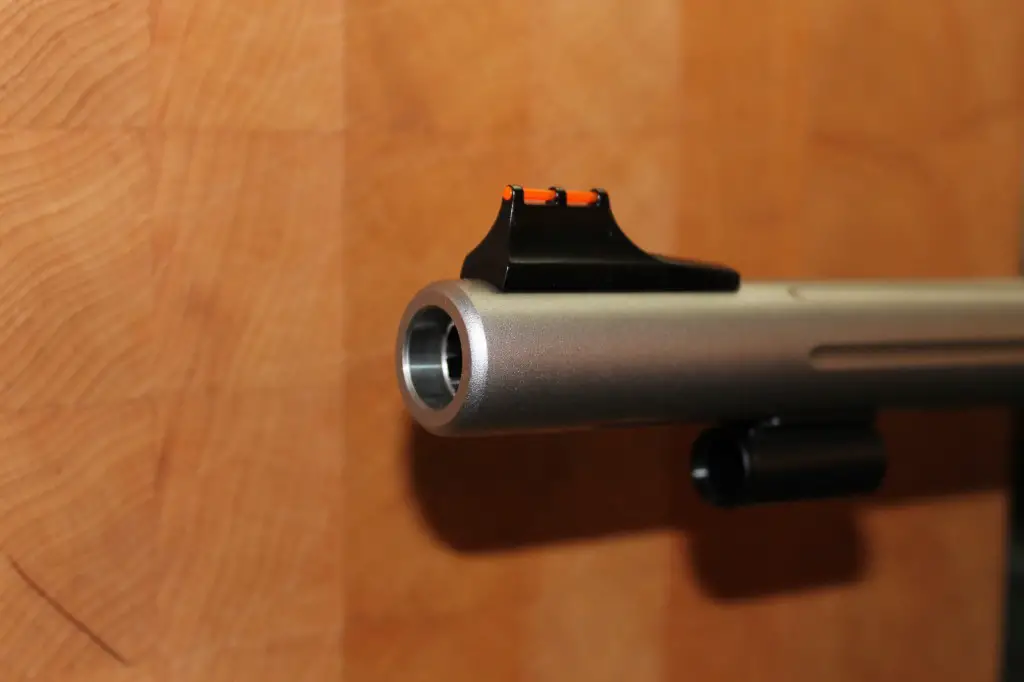 You should also use a bullet starter with the appropriate tip to get the bullet started in the barrel. Once the bullet is started several inches down the barrel, use the ramrod (also with the appropriate tip) to firmly seat the bullet against the powder charge. Use firm, consistent pressure and do not bang the ramrod against the bullet. Using the right tip on the bullet starter and the ramrod is important to avoid damage to the bullet tip, which can adversely impact accuracy.
You should also use a bullet starter with the appropriate tip to get the bullet started in the barrel. Once the bullet is started several inches down the barrel, use the ramrod (also with the appropriate tip) to firmly seat the bullet against the powder charge. Use firm, consistent pressure and do not bang the ramrod against the bullet. Using the right tip on the bullet starter and the ramrod is important to avoid damage to the bullet tip, which can adversely impact accuracy.
After the bullet is properly seated, I recommend covering the muzzle with tape, a balloon, or a piece of cellophane before you hit the woods. Since muzzleloaders typically have large diameter bores, they are particularly vulnerable to things like snow, water, leaves, and other pieces of debris entering the muzzle while you’re afield. This is bad for accuracy and is potentially dangerous. Shooting through a light barrel cover is perfectly safe and will not degrade your accuracy.
The last step in loading a muzzleloader is placing the primer on the nipple or powder in the flash pan. In most states, a muzzleloader is legally considered “loaded” when it is both primed and loaded, so make sure you don’t carry a primed muzzleloader in your car or you could be unwittingly violating the law (plus, it’s dangerous).
How To Hunt With A Muzzleloader – Shooting
The mechanics of shooting a muzzleloader aren’t that different from shooting a modern rifle. Once the muzzleloader is loaded, you simply take aim at your target and squeeze the trigger to fire. However, there are several things you should keep in mind.
First, muzzleloaders, especially flintlocks, generally have a significantly longer lock time than a modern centerfire rifle. Lock time is the time that elapses between the release of the muzzleloader’s hammer and the ignition of the powder. All other things being equal, a shorter lock time is better for accuracy. A long lock time tends to exaggerate a poor trigger squeeze or an unsteady shooting position, which makes it even more important to practice the fundamentals of marksmanship when shooting a muzzleloader.
Another thing to keep in mind when learning how to hunt with a muzzleloader is that the process of actually shooting your muzzleloader can be pretty tedious. Not only does it take a long time to load a muzzleloader, but it is usually necessary to swab the bore between shots for optimum accuracy and reliability. At the range, I usually run one spit patch (exactly what it sounds like) and one dry patch down the bore after each shot. I also use a nipple pick to ensure that the nipple of my muzzleloader is clear.
As you can see, all of these things add up and it really isn’t possible to rapidly fire a muzzleloader. A serious trip to the range to shoot a muzzleloader will take a lot of time to fire just a few shots. Make sure you have the right mindset and don’t get in a hurry. Getting in a hurry will often lead to mistakes, which can be both frustrating and dangerous.
How To Hunt With A Muzzleloader – General Tips
When learning how to hunt with a muzzleloader, the first thing you should realize is that all muzzleloaders have a relatively short effective range. Realistically, your maximum effective range when hunting should be in the neighborhood of 100 yards. This may be slightly extended out to around 150 yards when using a magnum load of powder and shooting a saboted bullet. In either case, do not confuse your muzzleloader with a flat shooting centerfire rifle cartridge like the 6.5 Creedmoor and try to take long range shots when hunting. This will likely result in you missing or wounding the animal. Also, remember that you’ve only got one shot, so make it count.
The next thing to remember is that keeping your powder dry is extremely important. Many a hunter has had his hunt ruined by a wet powder charge. Fortunately, keeping your powder dry is not as hard as it sounds and you can learn more about the details from this article about cold weather muzzleloading tips.
Additionally, when hunting with a muzzleloader, you should never carry your powder afield in the can or jar that you bought it in for safety reasons. Only carry powder in a powder horn or flask (or a speed leader, like below).
Another good tip for hunting with a muzzleloader is to carry speed loaders (like the one below) with you on your hunt. There are a bunch of different types on the market, but they all generally allow you to carry several pre-measured powder charges, bullets, and primers. Make sure you carry it where it will stay dry and reload your muzzleloader immediately after taking a shot.
Speaking of taking a shot when hunting with a muzzleloader: smoke will go absolutely everywhere when you shoot! This is especially pronounced when you’re hunting on a cold, damp morning with little wind. Obviously, this can make it difficult to determine where your shot hit on the animal or even what direction the animal ran after the shot.
Fortunately, if you place your shots properly and use good quality bullets, muzzleloaders can be extremely effective on most species of big game and you probably won’t have to do much tracking. I personally have never had an animal run more than 40 yards after I shot it with my muzzleloader.
Finally, though they are not quite as loud as a centerfire rifle, a muzzleloader is still loud enough to damage your hearing. For that reason, you should always wear good quality hunting ear protection when you’re afield with a muzzleloader.
How To Hunt With A Muzzleloader – Misfire
If you shoot a muzzleloader long enough, you’ll have to deal with a misfire. Misfires can be caused by a variety of things such as wet powder or a bad cap. The first thing to do if you have a misfire when shooting a muzzleloader is always keep it pointed in a safe direction. You may actually have a hangfire and the muzzleloader can go off at any time. Wait a few seconds to see if the muzzleloader discharges.
If it doesn’t, replace the cap (or reprime the pan) and try again. You may have to repeat this several times but most of the time, this will eventually get the muzzleloader to discharge. If that doesn’t work, another trick you can use on a sidelock muzzleloader is to unscrew the nipple and sprinkle a few grains of fresh powder down the vent. Replace the nipple and attempt to fire the muzzleloader again with a new cap.
99% of the time, the steps above will fix a misfire. However, if it doesn’t work, it gets a little more complicated. Reference your the manual for your muzzleloader for specific instructions, but you’ll probably end up having to remove the bullet and charge from your muzzleloader by hand.
How To Hunt With A Muzzleloader – Leaving Your Muzzleloader Loaded
Regardless of how hard you try to protect your muzzleloader from moisture, you still run the risk of getting your powder wet if you leave it loaded for long enough. Though it is possible to leave a muzzleloader loaded for weeks at a time without having any issues, I recommend that you reload your muzzleloader with fresh powder at the end of each hunting day, whenever possible. This is especially important if was exposed to extremely wet conditions.
For more detailed information on choosing the right gear for hunting with a muzzleloader, check out these other articles:
Essential Muzzleloader Supplies Every Hunter Needs
101 Best Gifts For Hunters To Put On Your Wish List
11 Best Hunting Ear Protection Options For Hunters
Were there any important tips on how to hunt with a muzzleloader that I missed?
Enjoy this article on how to how to hunt with a muzzleloader? Please share it with your friends on Facebook and Twitter.
Make sure you subscribe to The Big Game Hunting Podcast and follow The Big Game Hunting Blog on Facebook, Instagram, Twitter, and YouTube.
NEXT: 15 OF THE BEST MUZZLELOADER BULLETS FOR HUNTERS
John McAdams is a proficient blogger, experienced shooter, and long time hunter who has pursued big game in 8 different countries on 3 separate continents. John graduated from the United States Military Academy at West Point and is a veteran of combat tours with the US Army in Iraq & Afghanistan. In addition to founding and writing for The Big Game Hunting Blog, John has written for outdoor publications like Bear Hunting Magazine, The Texas State Rifle Association newsletter, Texas Wildlife Magazine, & Wide Open Spaces. Learn more about John here, read some of John’s most popular articles, and be sure to subscribe to his show: the Big Game Hunting Podcast.

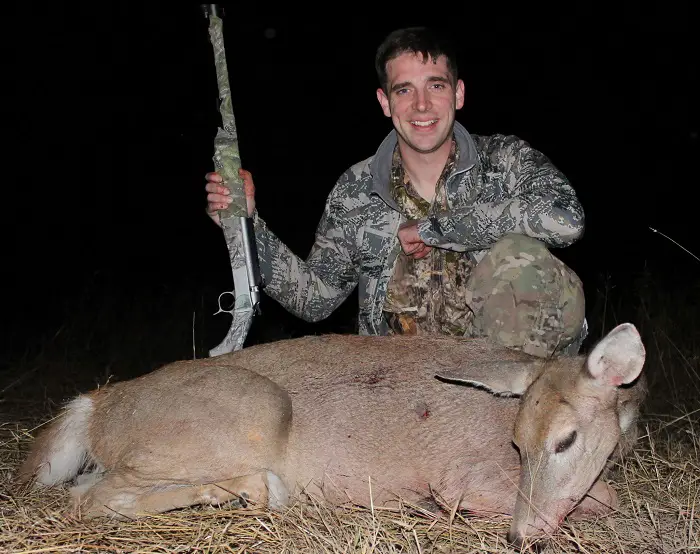
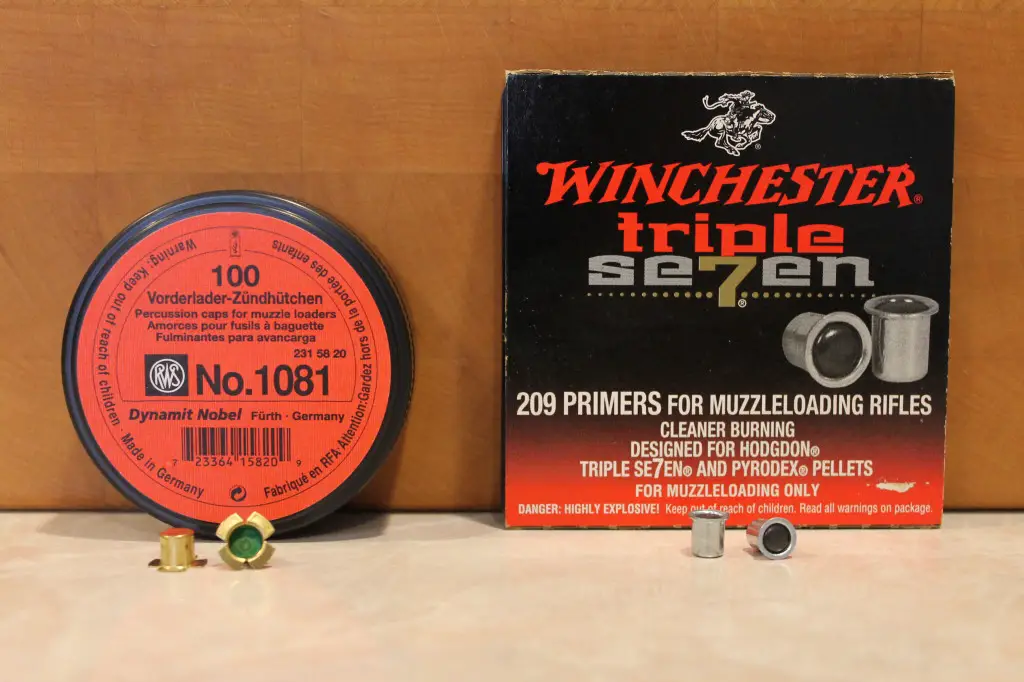
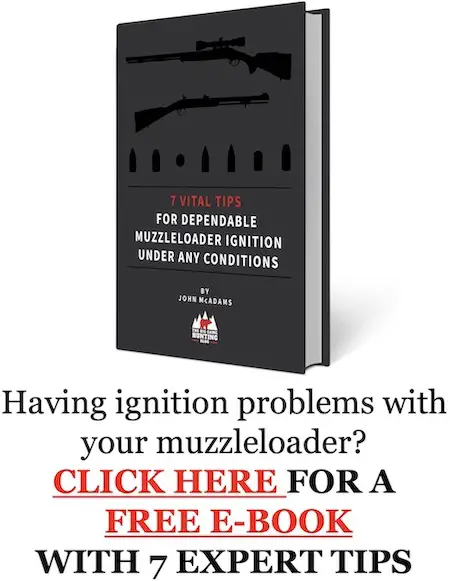

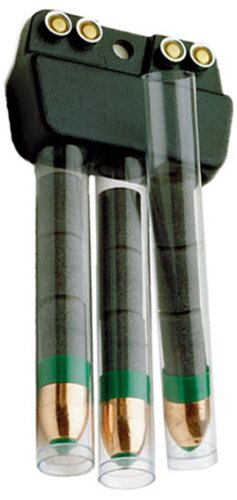
I am having trouble keeping the 209 primer seated while hunting. If I tip the rifle up while carrying it the primer falls out? Any tips to resolve this issue?